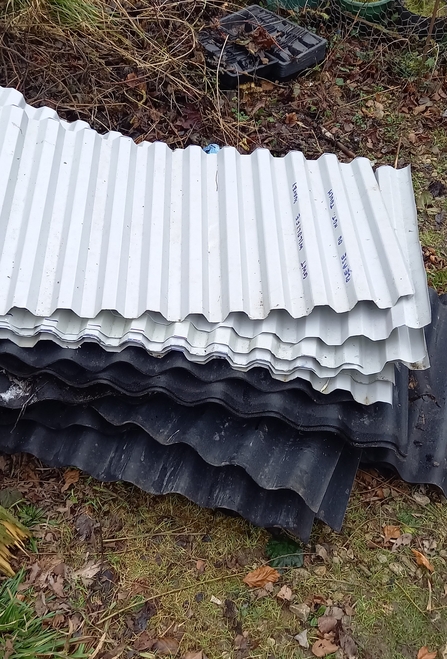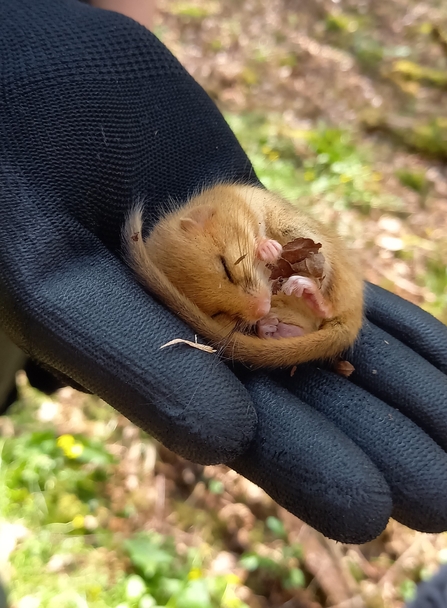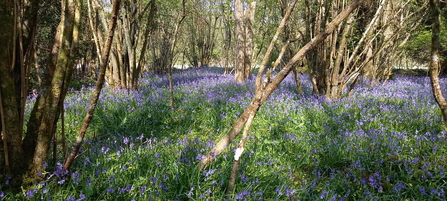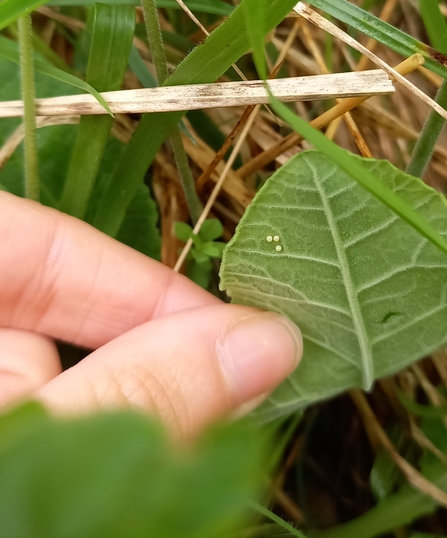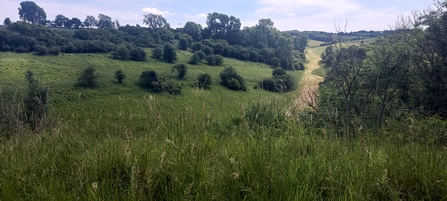Common blue butterfly (c) Ruby Gabb
Over the last few months, alongside the typical land management tasks, the Wild Trainees have had the opportunity to get involved with wildlife monitoring. Ecological surveying is vital for conservation, giving an important indication into the status of various species and habitats. The data gathered is very important to assess populations and distribution, as well as helping to tailor our approach to manage that land for wildlife. To help contribute to ecological monitoring within Gloucestershire, we’ve had the opportunity to help with survey preparation as well as receiving training on different species and habitats ready for the survey season.


